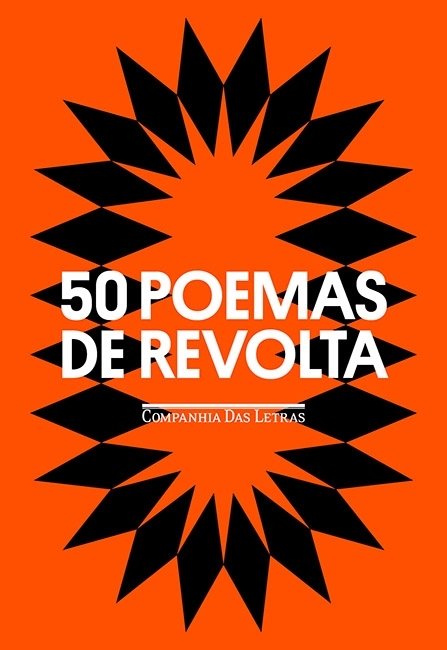
Nesta breve antologia, o leitor vai encontrar muitos motivos para se indignar. Desigualdade social, racismo, machismo, incontáveis modalidades de opressão e intolerância: esses são os temas tratados por 34 poetas brasileiros. Os poemas que compõem esta seleta por vezes revelam uma ponta de esperança; outras vezes, mergulhados em desgosto, levam o desânimo e a apatia às últimas consequências. Canônicos e novíssimos, os poetas abordam questões assombrosamente atuais e contundentes, mesmo quando parecem tratar de um passado distante. Escreve Hilda Hilst: “Repensemos a tarefa de pensar o mundo”. Com poemas de Adelaide Ivánova, Alice Ruiz, Ana Cristina Cesar, Angélica Freitas, Armando Freitas Filho, Bruna Beber, Cacaso, Carlos Drummond de Andrade, Carolina Maria de Jesus, Chacal, Claudia Roquette-Pinto, Conceição Evaristo, Fabiano Calixto, Fabrício Corsaletti, Ferreira Gullar, Francisco Alvim, Hilda Hilst, Horácio Costa, João Cabral de Melo Neto, Jorge de Lima, José Paulo Paes, Laura Liuzzi, Ledusha, Mário de Andrade, Nicolas Behr, Oswald de Andrade, Paulo Leminski, Roberto Piva, Tarso de Melo, Torquato Neto, Vinicius de Moraes, Waly Salomão, Yasmin Nigri e Zuca Sardan.
Authors
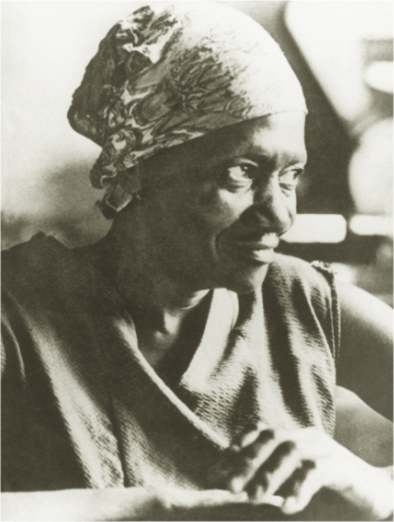
Carolina Maria de Jesus was born on March 14, 1914 in Sacramento-MG, where she lived in her childhood and adolescence. Her parents probably migrated from Desemboque to Sacramento as a result of changing the economics of gold mining to farming activities. In Sacramento, she attended primary school in a Spiritualist College, which had a mission aimed at poor children of the town, with the help of influential people. Carolina studied just over two years but learned to read and write there. She later remembered reading posters outside movie theaters and realizing that reading was not just something done in school, but a skill that could be used everywhere. All her reading and writing was based on this short time of formal education. She quit school but never stopped reading and writing. Moving to São Paulo in 1947, Carolina went to live in the now defunct favela of Canindé, in the northern part of the city. She earned money by collecting recyclable materials. When she found notebooks or blank papers in the trash she saved them for her writing. She wrote novels, plays, letters to authorities and poetry in addition to her ongoing journal. Even before all the injuries, losses and discrimination she suffered throughout her life, Carolina revealed through her writing the importance of speaking up in honest testimony, as a means of complaint about social inequality and racial prejudice. His best known work, Quarto de Despejo (Place of Garbage) – Diário de uma favelada (published in America as Child of the Dark), edited by journalist Audalio Dantas and released in 1960, had an initial print run of 10000 copies, which sold out the first week. More than 55 years since then, the book has already been translated into 13 languages and sold in more than 40 countries. This book is a chronicle of life in the favela do Canindé, at the beginning of the "modernisation" of the city of São Paulo and the emergence in the outskirts. Its cruel and perverse reality was until then little known. This documentary literature, in its unique black female narrative, was known and named as journalism of denunciation of the years 1950-1960. It is still considered a current work, because the theme of problems lasting to this day in the big cities. The work of Carolina Maria de Jesus is an important reference to the cultural and literary studies, both in Brazil and abroad and represents our peripheral/marginal and Afro-Brazilian literature. An example of strength, intelligence and ability to stay forever in the history of our culture. Even today, much of Carolina's production remains unheard. The researcher Raffaella Fernandez still is dedicated to the organization of the manuscripts of the author. In a set of more than 5000 pages, are 7 novels, 60 short texts, 100 poems, 4 theatre plays and 12 letters for Carnival marches. In 2014, as a result of the Projeto Vida por Escrito – Organização, classificação e preparação do inventário do arquivo de Carolina Maria de Jesus, awarded the Prêmio Funarte de Arte Negra, it launched the Biobibliografic Portal of Carolina Maria de Jesus (www.vidaporescrito.com) and, in 2015, released the book Vida por Escrito – Guia do Acervo de Carolina Maria de Jesus, organized by Sergio Barcellos. The project mapped the entire material of the writer who is guarded by several institutions, including: Biblioteca Nacional, Instituto Moreira Salles, Museu Afro Brasil, Arquivo Público Municipal de Sacramento and the Acervo de Escritores Mineiros (UFMG).

Mário Raul de Morais Andrade was a Brazilian poet, novelist, musicologist, art historian and critic, and photographer. One of the founders of Brazilian modernism, he virtually created modern Brazilian poetry with the publication of his Paulicéia Desvairada (Hallucinated City) in 1922. He has had an enormous influence on Brazilian literature in the 20th and 21st centuries, and as a scholar and essayist—he was a pioneer of the field of ethnomusicology—his influence has reached far beyond Brazil. Andrade was the central figure in the avant-garde movement of São Paulo for twenty years. Trained as a musician and best known as a poet and novelist, Andrade was personally involved in virtually every discipline that was connected with São Paulo modernism, and became Brazil's national polymath. He was the driving force behind the Week of Modern Art, the 1922 event that reshaped both literature and the visual arts in Brazil. After working as a music professor and newspaper columnist he published his great novel, Macunaíma, in 1928. At the end of his life, he became the founding director of São Paulo's Department of Culture, formalizing a role he had long held as the catalyst of the city's—and the nation's—entry into artistic modernity. From Wikipedia
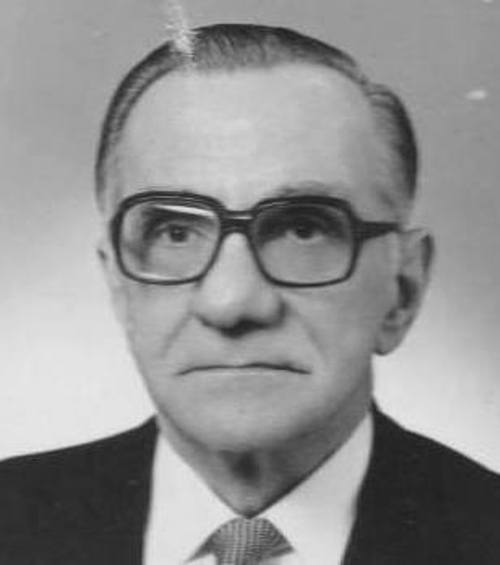
João Cabral de Melo Neto was born in the state of Pernambuco, Brazil, and is considered one of the greatest Brazilian poets of all time. He is often quoted saying "I try not to perfume the flower". His works are said to be dry, devoid of exaggerated emotions that are usually associated with poetry, sticking usually to images and actions and physical descriptions rather than feelings. The image of an engineer designing a building is often used to describe his poetry. It usually follows a strict meter and assonant rhymes. He worked as a diplomat for most of his life. In 1990, he won the Camões Prize, the greatest prize in literature of the Portuguese language. In 1992, João Cabral received the Neustadt International Prize for Literature, which some consider to be almost as prestigious as the Nobel Prize.
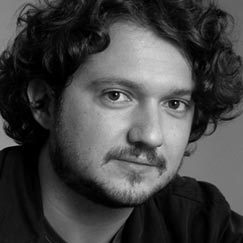

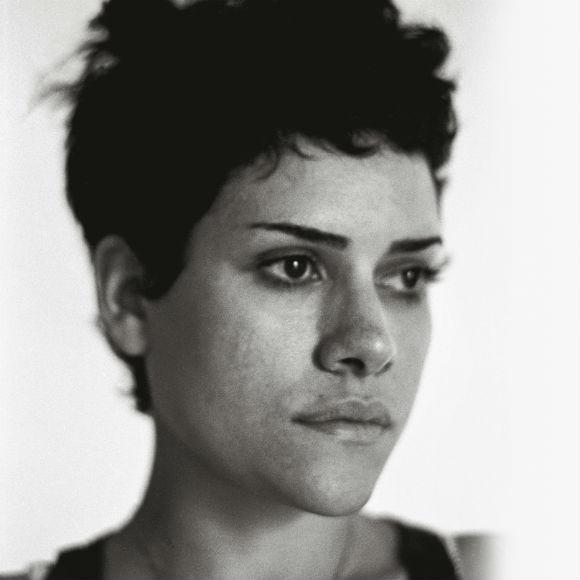

Hilda de Almeida Prado Hilst, more widely known as Hilda Hilst (Jaú, April 21, 1930–Campinas, February 4, 2004) was a Brazilian poet, playwright and novelist, whose fiction and poetry were generally based upon delicate intimacy and often insanity and supernatural events. Particularly her late works belong to the tradition of magic realism. In 1948 she enrolled the Law Course in Faculdade de Direito da Universidade de São Paulo(Largo São Francisco), finishing it in 1952. There she met her best friend, the writer Lygia Fagundes Telles. In 1966, Hilda moved to Casa do Sol (Sunhouse), a country seat next to Campinas, where she hosted a lot of writers and artists for several years. Living there, she dedicated all her time to literary creation. Hilda Hilst wrote for almost fifty years, and granted the most important Brazilian literary prizes.

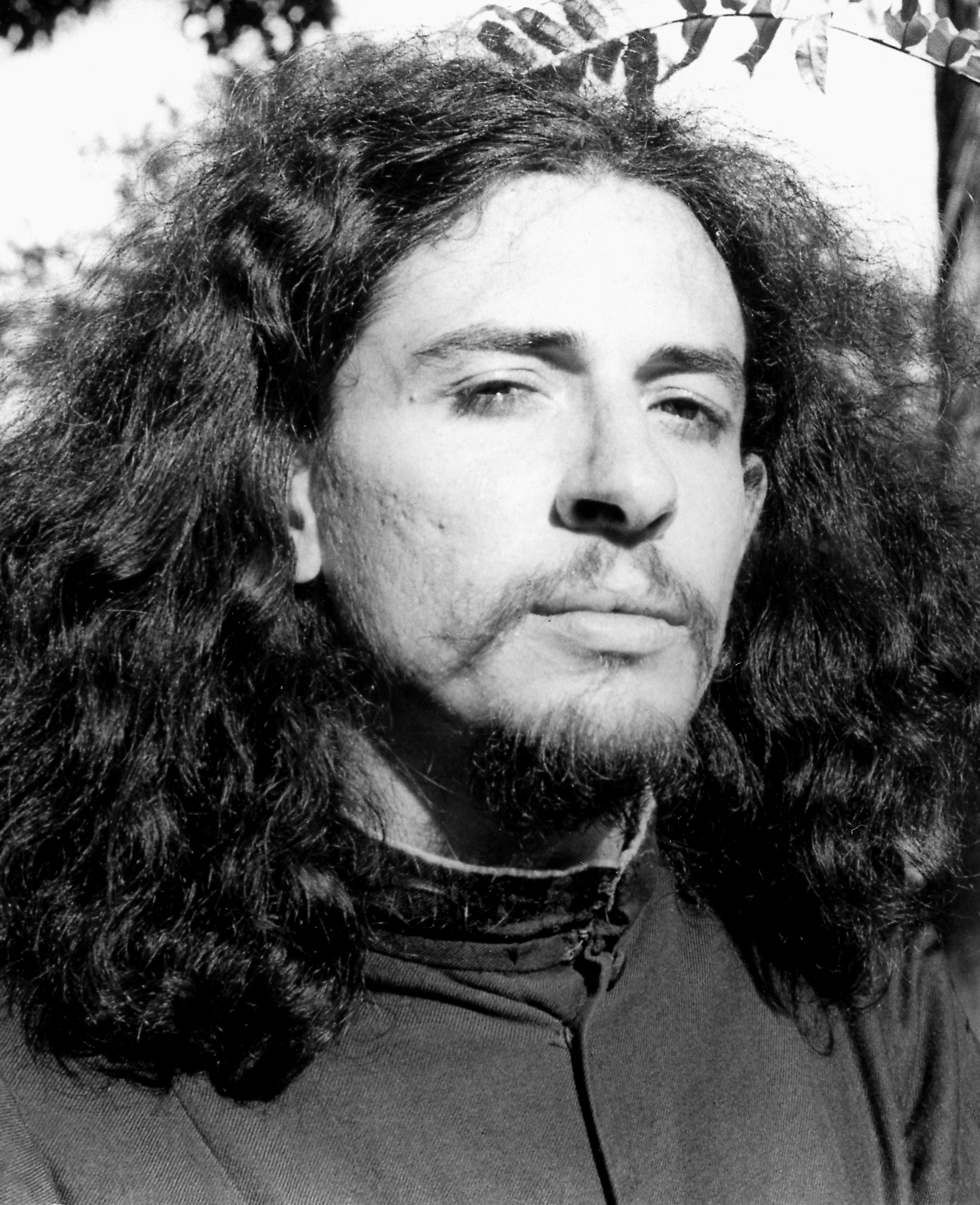
Torquato Pereira de Araújo Neto (November 9, 1944 – November 10, 1972) was a Brazilian journalist, poet and songwriter. He is perhaps best known as a lyricist for the Tropicália counterculture movement, which later expanded its influence to Música popular brasileira. He worked with Gal Costa, Gilberto Gil, Edu Lobo and Waly Salomão. He committed suicide at the age of 28. Neto was the son of a public prosecutor and a primary schoolteacher from Teresina, the capital of the northeastern Brazilian state of Piauí. At the age of 16, he moved to Salvador, Bahia, to attend secondary school at the Colégio Nossa Senhora da Vitória, where he was a classmate of Gilberto Gil. While there, he also worked as an assistant on Glauber Rocha's first feature film, Barravento. Neto became actively involved in the cultural scene in Salvador, where he met Caetano Veloso, Gal Costa, and Maria Bethânia. In 1962, he moved to Rio de Janeiro to study journalism at university but never graduated. He wrote columns on culture for several publications there. Torquato acted as a cultural agent and polemical defender of the artistic avant-garde, including Tropicalia, Cinema Marginal, and Concretism. He was friends with several major figures of these movements, including the musicians mentioned above, the poets Décio Pignatari and Augusto and Haroldo de Campos, filmmaker Ivan Cardoso, and artist Hélio Oiticica. At this time, Neto came to be seen as a figure in Tropicalism, having written the breviary "Tropicalismo para principiantes" ("Tropicalism for Beginners"), in which he argued for the necessity of creating a genuinely Brazilian "pop": "Accept completely all that the life of the tropics can give, without preconceptions of aesthetic order, without consideration of tackiness or bad taste, solely living the tropical and the new universe it contains, still unknown." Neto was also an important lyricist of iconic songs of the tropicalist movement. At the end of the 1960s, after the exile of his friends Gil and Caetano under the military dictatorship, he traveled to Europe and the United States with his wife Ana Maria and lived in London for a brief period. On returning to Brazil in the early 1970s, Neto began to isolate himself, feeling alienated by both the military regime and the "ideological patrols" of the left. He went through a series of hospitalizations for alcoholism and broke several friendships. Neto committed suicide the day after his 28th birthday, in 1972.

José Oswald de Andrade Souza (January 11, 1890 – October 22, 1954) was a Brazilian poet and polemicist. He was born and spent most of his life in São Paulo. Andrade was one of the founders of Brazilian modernism and a member of the Group of Five, along with Mário de Andrade, Anita Malfatti, Tarsila do Amaral and Menotti del Picchia. He participated in the Week of Modern Art (Semana de Arte Moderna). Andrade is best known for his manifesto of Brazilian nationalism, Manifesto Antropófago (Cannibal Manifesto), published in 1928. Its argument is that Brazil's history of "cannibalizing" other cultures is its greatest strength, while playing on the modernists' primitivist interest in cannibalism as an alleged tribal rite. Cannibalism becomes a way for Brazil to assert itself against European postcolonial cultural domination. The Manifesto's iconic line is "Tupi or not Tupi: that is the question." The line is simultaneously a celebration of the Tupi, who had been at times accused of cannibalism (most notoriously by Hans Staden), and an instance of cannibalism: it eats Shakespeare. Born into a wealthy family, Andrade used his money and connections to support numerous modernist artists and projects. He sponsored the publication of several major novels of the period, produced a number of experimental plays, and supported several painters, including Tarsila do Amaral, with whom he had a long affair, and Lasar Segall. His role in the modernist community was made somewhat awkward, however, by his feud with Mário de Andrade, which lasted from 1929 (after Oswald de Andrade published a pseudonymous essay mocking Mário for effeminacy) until Mário de Andrade's untimely death in 1945.

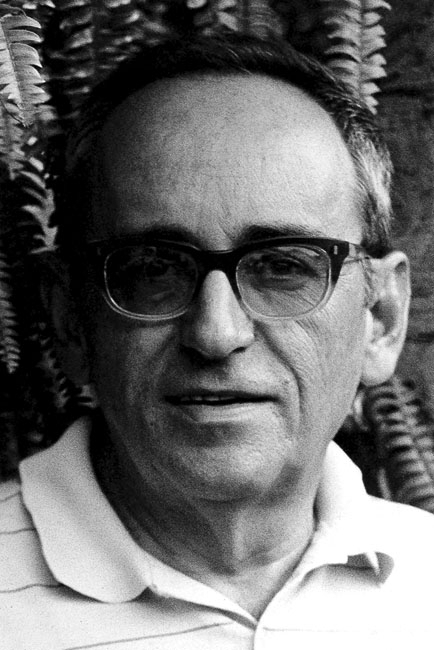
José Paulo Paes foi um poeta, tradutor, crítico literário e ensaísta brasileiro. Tendo estudado química industrial na cidade de Curitiba (entre 1945 e 1948), durante muitos anos José Paulo trabalhou em laboratório farmacêutico. Todavia, paralelo a essa profissão jamais deixou de lado a literatura, cujo interesse foi lhe passado pelo avô que era livreiro, sendo que ainda nos tempos de aluno em Curitiba, já colaborava com a revista Joaquim, dirigida por Dalton Trevisan. Dessa temporada paranaense nasce seu livro de estreia, O aluno, de 1947, fortemente influenciado pela poesia de Carlos Drummond de Andrade, o qual o respondeu com o conselho de evitar a imitação de vozes alheias. Em 1949, transfere-se para São Paulo, quando passa a colaborar com os jornais Folha de S. Paulo, O Estado de S. Paulo, O Tempo, Jornal de Notícias e Revista Brasiliense, aproximando-se de escritores modernistas como Graciliano Ramos, Jorge Amado e Oswald de Andrade. Conhece também Dora, sua mulher por toda a vida a quem dedicou Cúmplices, de 1951, seu segundo livro. Por falta de um estudo melhor, sua obra foi comparada às dos poetas da Geração de 45, tendo inclusive participado de uma antologia na companhia de Haroldo de Campos e Décio Pignatari, quando eram chamados de “Novíssimos”, ou seja antes da eclosão da poesia concreta, à qual Zé Paulo soube com inteligência absorver, cujos resultados apareceram em seu livro Anatomias de 1967, apresentado justamente por Augusto de Campos. Mais que poesia concreta seu livro aproveitava um ritmo mais oswaldiano, como nos poemas “L'affaire Sardinha” (que fora publicado em 1962 na antologia Violão de Rua, da UNE) e o conhecido “Epitáfio para um Banqueiro” Por volta de 1963, Zé Paulo dá início a um trabalho editorial intenso à frente da Editora Cultrix, abandonando o trabalho como químico, dedicando-se a partir de então integralmente à literatura. Na companhia de Massaud Moisés foi organizador do Pequeno Dicionário de Literatura Brasileira, publicado pela Editora Cultriz em 1967. Em 1981,José Paulo aposenta-se como editor, dando início a um dos mais competentes trabalhos de tradução entre os escritores brasileiros, verteu para o português autores de diversas línguas, como Charles Dickens, Joseph Conrad, Pietro Aretino, Konstantínos Kaváfis, Laurence Sterne, W. H. Auden, William Carlos Williams, J.K. Huysmans, Paul Éluard, Hölderlin, Paladas de Alexandria, Edward Lear, Rilke, Seféris, Lewis Carroll, Ovídio, Níkos Kazantzákis, entre outros tantos. Seu reconhecimento na matéria resultou em sua nomeação como Diretor da oficina de tradução de poesia no Instituto de Estudos da Linguagem (IEL) da Universidade Estadual de Campinas (Unicamp). Em 1986 vem a público o livro Um por todos, reunião de seu trabalho até então, apresentado pelo crítico Alfredo Bosi. Vem ainda da década de 1980 seu interesse pela poesia infantil, com a qual alcançou grande êxito entre as crianças. Em 1989, Zé Paulo lança pela coleção Claro Enigma, organizada por Augusto Massi, o livro "A poesia está morta mas eu juro que não fui eu", título extraído do poema "Acima de qualquer suspeita". Na década de 1990 dá sequência ao seu trabalho, lançando diversos livros de ensaios, poemas infantis, traduções e poesia, sendo um dos mais bem recebidos "Prosas seguidas de odes mínimas", livro no qual reflete um momento difícil de sua vida, quando tem uma perna amputada, como pode-se ler no poema "Ode à minha perna esquerda": Ao falecer em 1998, deixou inédito o livro "Socráticas" que veio a público em 2001.

Chacal (pseudônimo de Ricardo de Carvalho Duarte) é poeta e letrista brasileiro. LIVROS PUBLICADOS: 1971 (RJ) – Muito Prazer, Ricardo (Ed. do Autor); 1972 (RJ) – Preço da Passagem ( Ed. do Autor); 1975 (RJ) – América ( Ed. do Autor); 1977 (RJ) – Quampérius (Nuvem Cigana); 1979 (RJ) – Olhos Vermelhos (Ed. do Autor); 1979 (RJ) – Nariz Aniz (Ed. do Autor); 1979 (RJ) – Boca Roxa (Ed. do Autor); 1982 (RJ) – Tontas Coisas (Ed. Taurus); 1983 (SP) – Drops de Abril (Ed. Brasiliense); 1986 (SP) – Comício de Tudo (Ed. Brasiliense); 1994 (RJ) – Letra Elétrika (Ed. Diadorim); 1998 (RJ) – Posto Nove (Ed. Dumará/ Rioarte); 2002 (RJ) – A Vida é curta pra ser pequena (Ed.Frente); 2007 (SP) – Belvedere (Cosacnaify e 7 Letras)
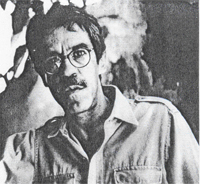
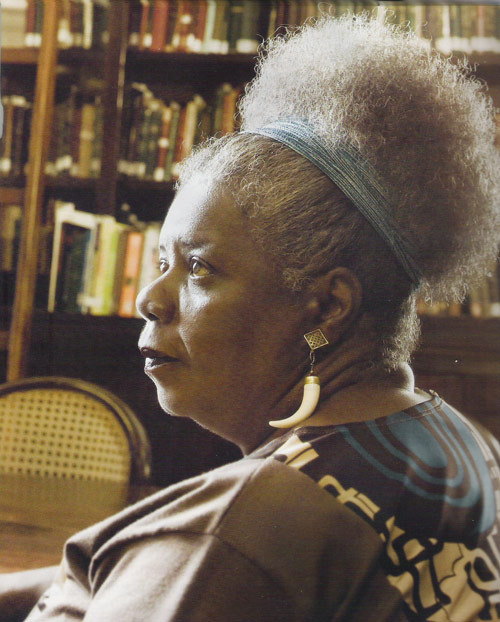
Conceição Evaristo was born in a slum in the south of Belo Horizonte, Minas Gerais / Brazil. She had to reconcile her studies with work as a domestic worker, until she completed her first years of study in 1971, at the age of 25. She then moved to Rio de Janeiro, where she passed a public competition for teaching and graduated in Letters at UFRJ. In the 1980s, she contacted Grupo Quilombhoje. She debuted in literature in 1990, with works published in the series Cadernos Negros, published by the organization. She holds a Master's degree in Brazilian Literature from PUC-Rio, and a PhD in Comparative Literature from Universidade Federal Fluminense (UFF). Her works, in particular the 2003 novel Ponciá Vicêncio, address themes such as racial, gender and class discrimination. The work was translated into English and published in the United States in 2007. She currently teaches at UFMG as a visiting professor.

Paulo Leminski Filho (Curitiba, August 24, 1944 – Curitiba, June 7, 1989) was a Brazilian poet and writer. He took pride in being of mixed Polish and African descent. His first small-press collection came out in the late 1970s. Although he never finished college, by the 1980s he knew Japanese, French, and English well enough to do translations. His most noted renderings are of Alfred Jarry, James Joyce, John Fante, John Lennon, Samuel Beckett, and Yukio Mishima. He also helped to produce a number of albums and was said to have taught judo. Leminski was a prolific poet, wrote experimental prose / essays, occasionally wrote songs, and was a cultural agitator. He was the leading voice of his generation, having followed different paths of Brazilian lyric from the early 1960s through the late 1980s. His style of poetry has been compared to that of American poet e. e. cummings (song writer / singer Luciana Souza on the Tom Schanbel show on KCRW 89.9 fm 06/24/2009). He contributed to the journal Invenção, while still a teen and would maintain a strong sense of visuality and layout in his poetic output. Some of Leminski's poetry of the late 1970s/early 1980s has been linked to the controversial labe of poesia marginal. But his dedication to resolution in language set him apart. His collections Caprichos & Relaxos (1983) and Distraídos venceremos (1987) are landmarks. In the latter, his rigor and intertextual urges are clear. A neo-baroque narrative, Catatau (1975), has become a cult book. His home town Curitiba has sponsored a yearly celebration of his legacy and cultural vibrancy in Brazil. The event's name Perhappiness is taken from a one-liner by the poet.
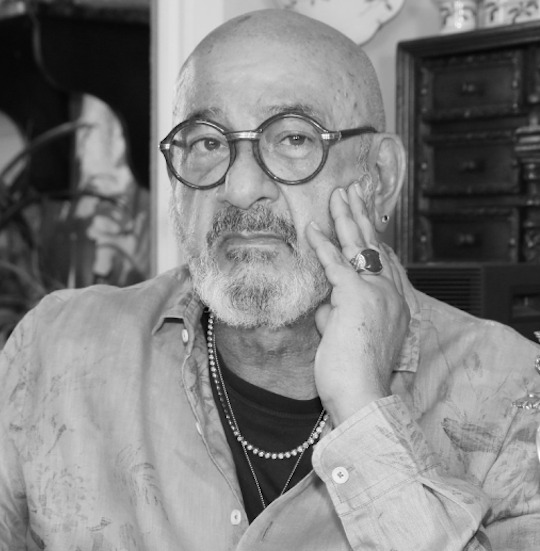

Cacaso (Antônio Carlos De Brito) foi um professor universitário, letrista e poeta brasileiro. Depois de viver no interior de São Paulo, mudou-se aos onze anos para o Rio de Janeiro, onde estudou Filosofia e, nas décadas de 1960 e 1970, lecionou Teoria da Literatura e Literatura Brasileira na PUC-RJ. Foi colaborador regular de revistas e jornais, como Opinião e Movimento, tendo, entre outros assuntos, defendido e teorizado acerca do cenário poético de seus contemporâneos, a geração mimeógrafo, criadores da dita poesia marginal, que ganhou publicidade com a antologia 26 poetas hoje, organizada por Heloísa Buarque de Hollanda, com quem Cacaso, em janeiro de 1974, escreveu o artigo "Nosso verso de pé quebrado", no qual fazem uma síntese das poéticas de então. Seus artigos estão reunidos em Não quero prosa, publicado em 1997. Com grande talento para o desenho, já aos 12 anos ganhou página inteira de jornal por causa de suas caricaturas de políticos. Antes dos 20 anos veio a poesia, através de letras de sambas que colocava em músicas de amigos como Elton Medeiros e Maurício Tapajós. Como poeta estreou em 1967, com o livro A palavra cerzida, que foi recebida com entusiasmo por José Guilherme Merquior, por representar junto de Francisco Alvim a primeira geração "pós-vanguarda". Em 1974, lança Grupo Escolar, pela coleção Frenesi, composta também dos livros Passatempo, de Chico Alvim, Corações veteranos, de Roberto Schwarz, Em busca do sete-estrelo, de Geraldo Carneiro, e Motor, de João Carlos Pádua. Cacaso une-se então a outros poetas, como Eudoro Augusto, Carlos Saldanha e Chacal (Ricardo de Carvalho Duarte), formando a coleção Vida de Artista, pela qual lançou Segunda classe (em parceria com Luiz Olavo Fontes) e Beijo na boca, ambos em 1975. Depois vieram "Na corda bamba" (1978), "Mar de mineiro (1982) e Beijo na boca e outros poemas (1985), que reunia uma antologia poética da obra do autor. Seus livros não só o revelaram uma das mais combativas e criativas vozes daqueles anos de ditadura e desbunde, como ajudaram a dar visibilidade e respeitabilidade ao fenômeno da "poesia marginal", em que militavam, direta ou indiretamente, amigos como Francisco Alvim, Helena Buarque de Hollanda, Ana Cristina César, Charles, Chacal, Geraldinho Carneiro, Zuca Sardhan e outros. No campo da música, os amigos/parceiros se multiplicavam na mesma proporção: Edu Lobo, Djavan, Tom Jobim, Toquinho, Olívia Byington, Sueli Costa, Cláudio Nucci, Novelli, Nelson Angelo, Joyce, Toninho Horta, Francis Hime, Sivuca, João Donato, Eduardo Gudin e muitos mais. Em 1987, no dia 27 de dezembro, o Cacaso é que foi embora, prematuramente. Um jornal escreveu: "Poesia rápida como a vida".

Bruna Beber é uma poetisa e escritora brasileira. Ela colaborou, durante os anos 2000, com diversos sites e revistas impressas de literatura, poesia, música e Internet. Fez a curadoria da exposição Blooks – Letras na rede, ao lado do poeta Omar Salomão, em setembro de 2007, sob coordenação de Heloísa Buarque de Hollanda. Foi vencedora do 2º Prêmio QUEM Acontece na categoria revelação literária de 2008.
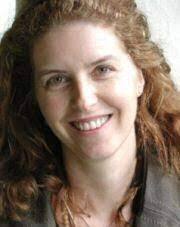
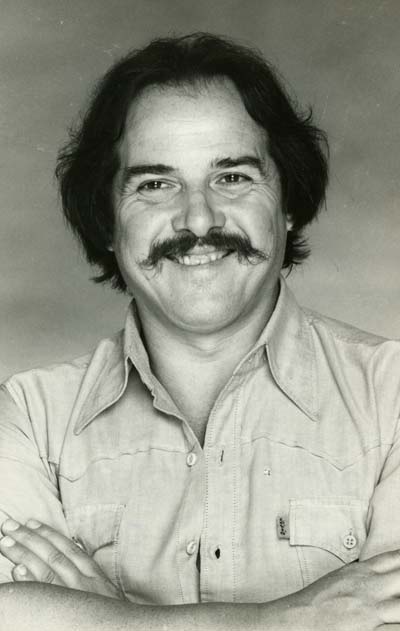
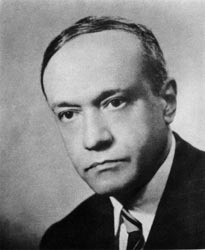
Jorge Mateus de Lima, was a Brazilian politician, poet, and writer. His most famous works are the novels "A Mulher Obscura" and "Calunga"; and "A Túnica Inconsútil" and "A Invenção de Orfeu" (poetry). He was in a list and would win the Nobel Prize in 1958, but he died in 1953. He was the son of a wealthy merchant and moved to Maceió in 1902, with his mother and siblings. In 1909 he moved to Salvador, where he began studying medicine. Completed the course in Rio de Janeiro in 1914, but was designed as a poet to his name. That same year he published the first book, Alexandrine XIV. He returned to Maceió in 1915 where he devoted himself to medicine, and literature and politics. When he moved to Alagoas to Rio in 1930 set up an office in Cinelandia, also turned to studio painting and meeting point for intellectuals. There was meeting people like Murilo Mendes, Graciliano Ramos and Jose Lins do Rego. In this period he published about ten books, five of poetry. Also served as state representative from 1918 to 1922. With the Revolution of 1930 was brought to settle down permanently in Rio de Janeiro. In 1939 he devoted himself also to the arts, participating in some exhibitions. In 1952, he published his most important book, the epic Invention of Orpheus. In 1953, months before he died, he recorded poems for the Archive of the Spoken Word Library of Congress in Washington, the United States of America. Between 1937 and 1945 had its application to the Brazilian Academy of Letters refused six times. For Ivan Junqueira, the Academy has committed an unforgivable injustice to the author, whose literary work was exceptionally well received by critics and public. The scholar does not believe that the poet was carried forward to the edge of the literature of his time and he says, when referring to the greatest poem of the author - Invention of Orpheus, "... even today, more junk spent 50 years of its publication, there is no Brazilian poet that he did not remember. "

Ferreira Gullar is the pen name for José Ribamar Ferreira, Brazilian poet, playwright, essayist, art critic, and television writer. In 1959 he formed the "Neo-Concretes" group of poets. Living in Chile, in 1975, Ferreira Gullar wrote his best known work, "Poema Sujo". He was exiled by the Brazilian dictatorial government that lasted from 1964 to 1985. The poem states that the persecution of the exiles was growing, many were being found dead, and, thinking hypothetically of his death, he decided to write his last poem. He spent months writing this poem with more than two thousand verses, which brings forth his memories of his childhood and adolescence in São Luís, Maranhão and the anguishes of being far from his land. Ferreira Gullar read the poem at Augusto Boal's house in Buenos Aires, in a meeting organized by Vinicius de Moraes. The reading, recorded on tape, became well known among Brazilian intellectuals, who tried to guarantee Gullar's return to Brazil in 1977, where he continued writing for newspapers and publishing books. He was considered one of the most influential Brazilians of the XX century by Época magazine. Gullar keeps a weekly column at Brazilian newspaper Folha de S.Paulo, publishing it every sunday.

Alice Ruiz é uma poeta e tradutora brasileira. Começou a escrever na adolescência, mas durante muitos anos divulgou seus poemas apenas em revistas e jornais. Publicou seu primeiro livro aos 34 anos de idade. Foi casada com o também poeta Paulo Leminski, com quem teve três filhos. Em 2009, recebeu o Prêmio Jabuti pelo livro Dois em Um. Também publica sob o nome Alice Ruiz S.

